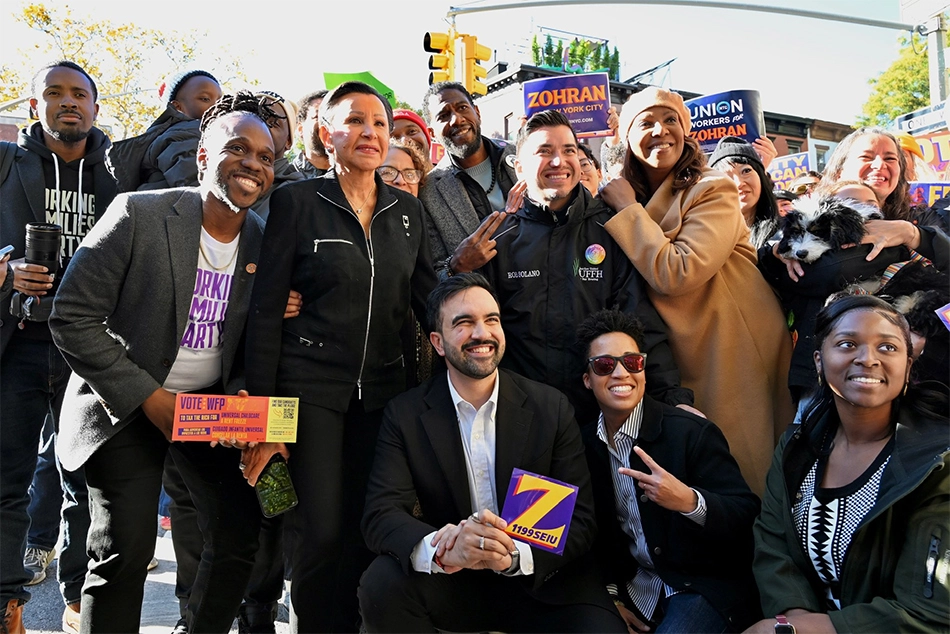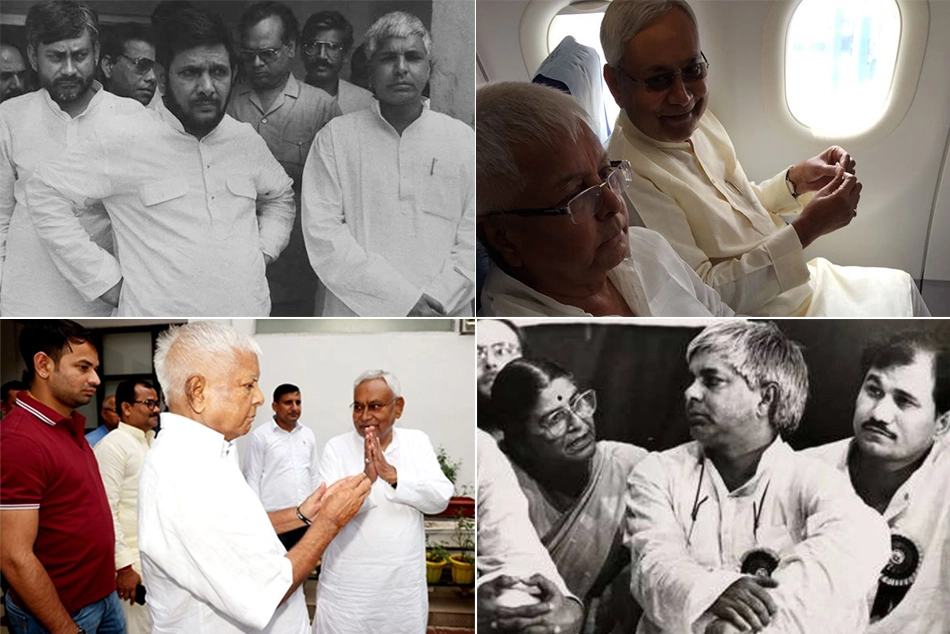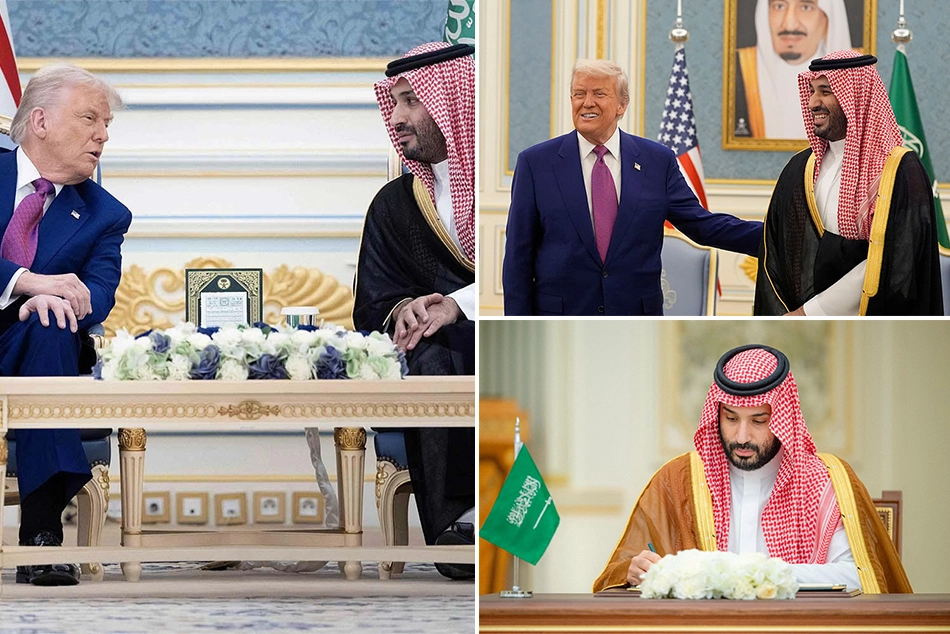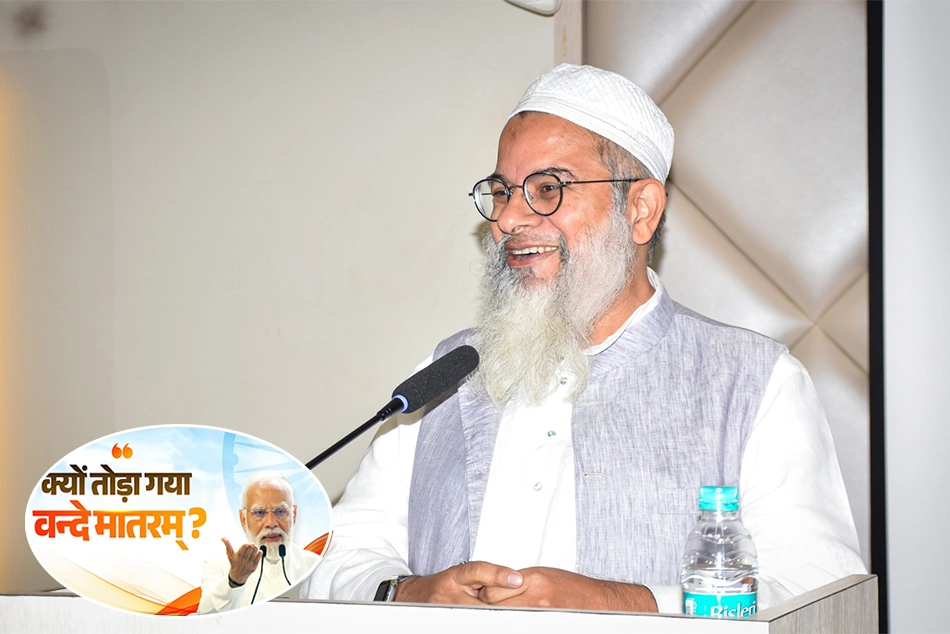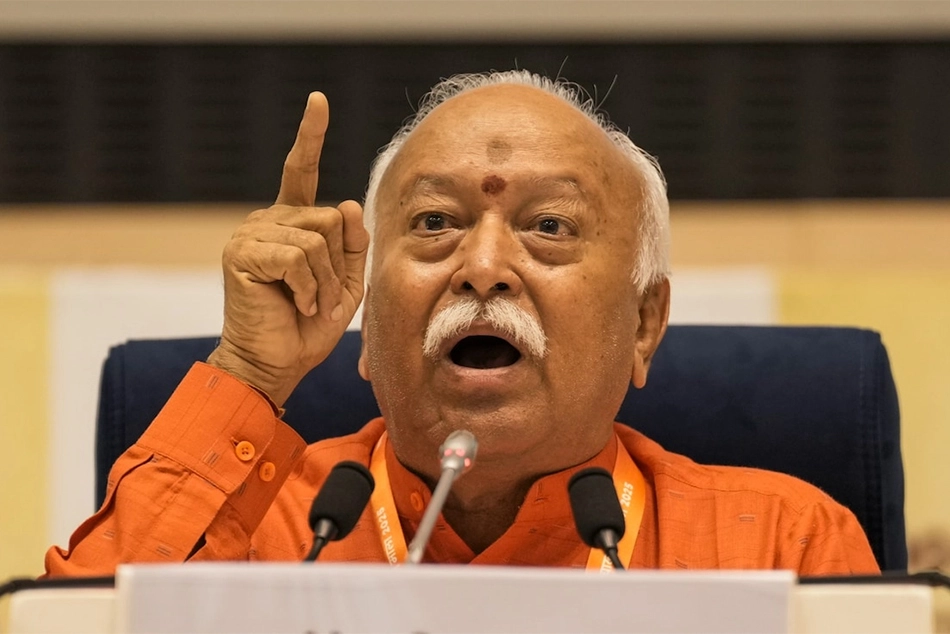
Delhi Blast: Suspicion First, Evidence Later
This phenomenon is not new. It is the natural extension of a decade-long drift where Muslims in India have not just been blamed for crimes they did not commit, but targeted for simply existing within a landscape where trust has become communal and suspicion automatic.
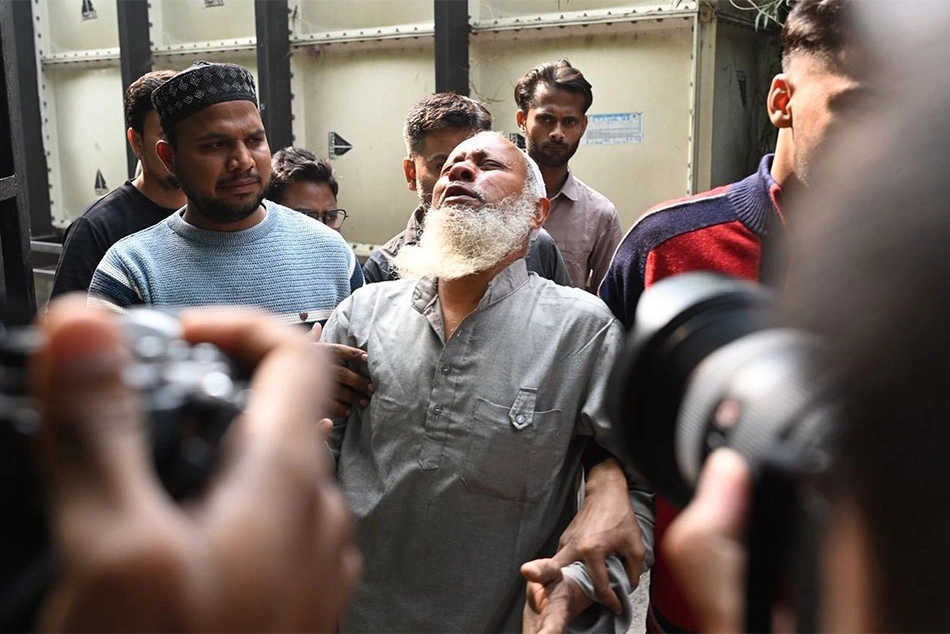
[Mohit Chauhan (@mohitlaws) shared this image on X with this comment: These are the family members of Nauman, who lost his life in the Delhi’s Red Fort bomb blast. Sanghis are trying to portray this as an attack on a religion, because they lack courage to stand against terrorists and Pakistan. This was not an attack on any religion, it was an attack on India and Indians. The mainstream media won’t show you Nauman’s story because it doesn’t fit their agenda of dividing India, the same agenda for which terrorists came to Pahalgam and now again to Delhi.]
When the blast shook Delhi recently, the immediate aftermath revealed something deeper than the debris: A reflexive national instinct to assign guilt before gathering facts.
Within minutes of the explosion, television panels speculated about “Islamic groups,” anonymous social media accounts circulated Muslim names, and political commentators hinted at “familiar patterns” — even as official agencies had not yet released a single verified detail.
This phenomenon is not new. It is the natural extension of a decade-long drift where Muslims in India have not just been blamed for crimes they did not commit, but targeted for simply existing within a landscape where trust has become communal and suspicion automatic.
The 12 Ummah report documents this trend with precision, underscoring how mob lynching, vigilante attacks, and pre-emptive blame have collectively reshaped the public imagination. The Delhi blast merely exposed how deeply this suspicion is embedded in the national psyche.
An Accusation Economy
The speed with which Muslims were framed after the Delhi blast is symptomatic of a larger problem: India has developed an accusation economy, where certain communities serve as convenient repositories for public fear. The process requires no evidence, no investigative timeline, no restraint. A name, a rumour, a WhatsApp forward — these are often enough to create the perception of guilt.
This climate is not accidental. It is shaped by years of vigilante violence and mob lynching, incidents in which Muslims were attacked for reasons ranging from cattle transport to unrelated personal disputes. The said report provides detailed accounts of such incidents across Uttar Pradesh, Haryana, Rajasthan, Madhya Pradesh, and Jharkhand — all marked by a chilling uniformity – mobs act with confidence, victims plead without remedy, and police interventions are either delayed, diluted, or redirected against the survivors themselves.
When such a culture matures, it inevitably spills into national events. The Delhi blast fallout shows how public suspicion has now been pre-conditioned. Crime scenes no longer begin with forensic investigation; they begin with communal conjecture.
Lynching as a Social Instruction
To understand why a single blast triggers collective suspicion toward Muslims, one must examine how lynching has evolved over the past decade. Public lynchings are not merely acts of violence; they are social instructions. They tell communities where they stand in the hierarchy of citizenship and who is allowed to claim dignity, security, and protection.
There were multiple cases where victims were killed on mere allegations — carrying cattle, eating meat, or simply being “outsiders.” Videos of these acts often circulate online, not as shameful evidence but as trophies. The perpetrators do not hide their faces; in many cases, they proudly record their violence, confident that consequences will be minimal.
This confidence is not misplaced. In the Mohammad Akhlaq lynching case, a defining moment in India’s contemporary history, the legal process moved at a glacial pace for a decade. And then, in 2025, charges against the accused were quietly dropped due to “insufficient evidence.” Ten years after Akhlaq was murdered based on a rumour that beef was stored in his home, the system effectively declared that no one could be held responsible.
The message this sends is unmistakable: Mobs may kill, but justice may not follow.
When the state’s response to lynching becomes hesitant or hollow, society internalizes a dangerous logic — that Muslims can be harmed without repercussions, blamed without scrutiny, and judged without trial.
Delhi Blast: The Mob Mindset Without the Mob
What makes the Delhi blast response distinct is that the violence was not physical — it was psychological, rhetorical, and reputational. Yet the pattern was identical to a lynching, accusation without evidence, collective targeting, public shaming, predetermined guilt and absence of due process.
The difference is simply that instead of a street mob, the reaction came from digital platforms, prime-time studios, and political commentary. The violence was not in blows but in narratives — and these narratives travel faster, reach farther, and damage reputations long before facts can intervene.
The makes clear that vigilante violence does not always require a physical mob; sometimes, it is a social ecosystem that performs the lynching through words, suspicions, and insinuations. The Delhi blast revealed how that ecosystem now operates on autopilot.
From Fear to Self-Policing
For Indian Muslims, the psychological impact is profound. Lynching incidents have already made it risky to transport cattle, travel through certain districts, or even defend oneself in a public confrontation. Now, national tragedies like the Delhi blast add another layer: the fear that even when a crime has nothing to do with the community, suspicion will still fall on them.
This produces a culture of self-policing where some families avoid travel, young men are asked to refrain from gathering in groups to avoid drawing suspicion, people monitor their own speech and appearance in public spaces and students are taught to “keep low profiles” during tense political moments.
This is not Equality. It is Survival.
Restoring Due Process as National Discipline
India does not need new laws to prevent mob violence; it needs institutions that treat all citizens equally and reject narratives built on prejudice. The starting point must be the restoration of due process — not as a procedural formality but as a national discipline.
A blast in Delhi should trigger investigation, not imagination.
A rumour should not become a verdict.
A community should not become a suspect class.
If we continue down this path, the question will not be whether mobs rule the streets; it will be whether the idea of justice can survive in a nation where identity determines guilt.
A Moment for Reflection
The Delhi blast should have united citizens in grief and resolve. Instead, it has exposed how fractured trust has become. To rebuild it, India must confront the culture of impunity that has allowed lynching to become normalized and suspicion to become automatic.
The 12 Ummah report warns that mob violence is not simply a symptom of anger — it is a method of social control. And unless this method is rejected decisively, both democratically and justice will continue to shrink.
[The writer, Syed Azharuddin, is a Political Commentator]
Follow ummid.com WhatsApp Channel for all the latest updates.
Select Language to Translate in Urdu, Hindi, Marathi or Arabic



